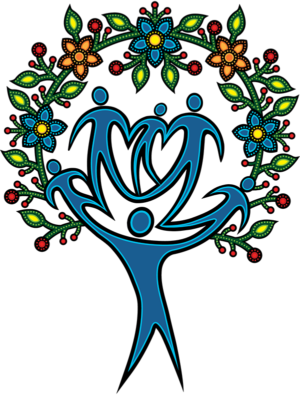Matching should be an intentional process based on the information you have collected about your mentors and mentees through the screening and selection process. Many teen mentoring programs primarily use a one-to-one mentoring model where one mentor is matched with one mentee. An important benefit of one-to-one mentoring is that the mentee gains the focused, individual attention that many children/youth crave and the relationship can be truly youth-centered, because each mentor is dedicated to one mentee. Limited information is available regarding teen mentors being matched with multiple mentees, in a group mentoring model, making it difficult to know what the potential benefits might be12. In group matches, mentors may not be able to provide as much individual attention to youth as they can in one-to-one matches. Because the quality of the relationship helps determine the extent to which youth benefit from mentoring21, group mentoring may be less likely than one-to-one matches to promote positive changes in youth.
Tips for the Matching Process:
- Assess participants’ interests and preferences via interviews or surveys ahead of time and match youth with similar strengths, experiences and interests.
- Mentees reported higher levels of closeness when matched with mentors of the same gender22.
- Pairing students who already know each other may be effective if their prior experiences have been positive6.
- Use a matching process in which a group of mentors and potential mentees interact through activities and discussions, and then decide on matches using your observations and input from the mentors and mentees. After a group interaction such as this, some programs will ask mentees, “which mentor do you remember?” rather than asking which mentor they liked best, to avoid a popularity contest.
